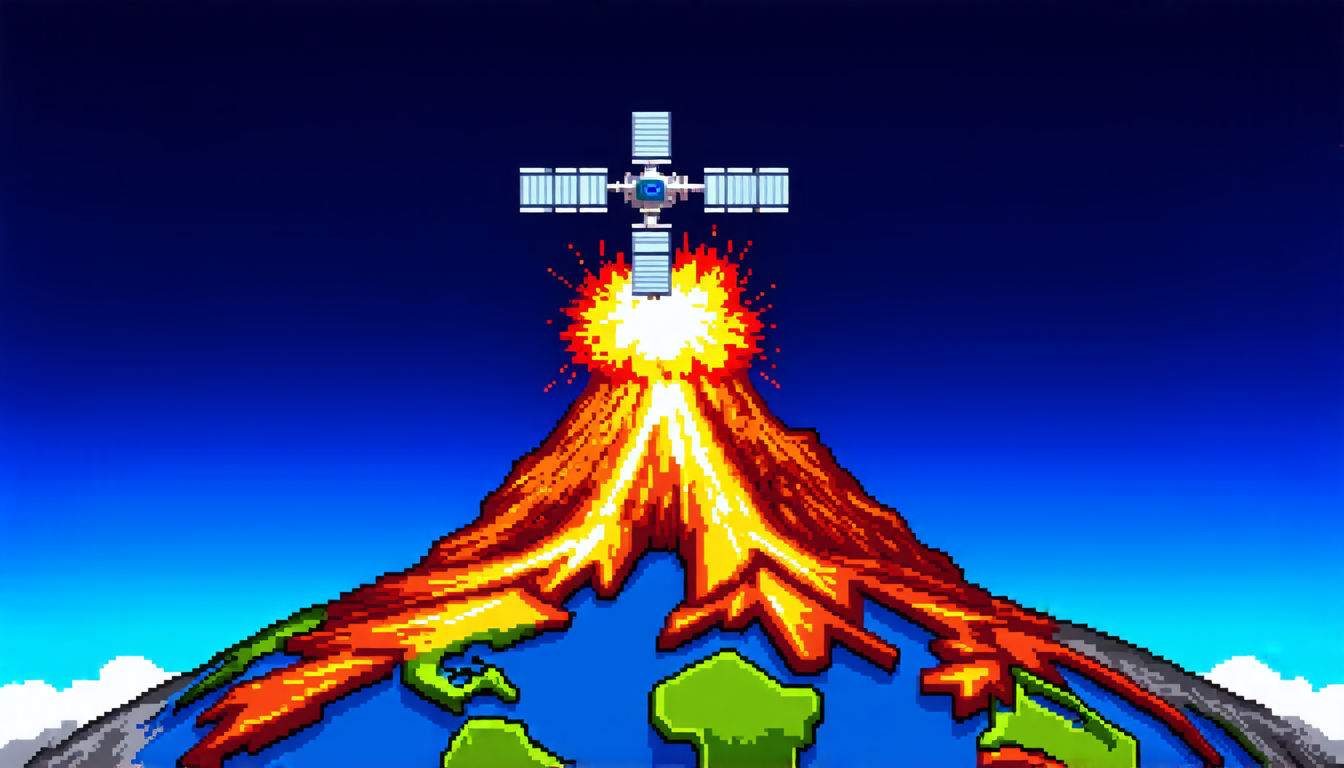Wednesday 24 September 2025
Scientists have made a significant breakthrough in the field of remote sensing, which could revolutionize the way we gather data about our planet. By using artificial intelligence to analyze satellite images, researchers have developed a system that can dynamically target its instruments to collect more precise measurements.
The system, known as dynamic targeting, uses machine learning algorithms to identify points of interest on the Earth’s surface and then plans the trajectory of the satellite’s instruments to obtain the most valuable data. This approach is particularly useful for studying volcanic eruptions, which are notoriously difficult to track from space.
Traditionally, satellites have been limited by their fixed pointing systems, which can only collect data at set intervals. However, with dynamic targeting, scientists can now gather data in real-time, allowing them to monitor the Earth’s surface with unprecedented precision.
The technology has already been successfully tested on a satellite called CogniSAT-6, and it is expected to be used on future missions to study the planet. The researchers behind the project are excited about its potential applications, saying that it could help us better understand complex phenomena such as climate change and natural disasters.
One of the key advantages of dynamic targeting is its ability to adapt to changing conditions on the ground. For example, if a volcano erupts, the system can quickly reorient its instruments to capture high-resolution images of the eruption’s plume and ash cloud.
The technology also has potential applications in other fields, such as studying wildfires or tracking changes in ocean currents. By providing more accurate data, dynamic targeting could help scientists make better predictions about these phenomena, which could ultimately save lives and reduce damage.
The researchers have also developed a new way of processing the vast amounts of data generated by the satellite’s instruments. They use a combination of machine learning algorithms and traditional image analysis techniques to identify patterns and anomalies in the data.
The system is also designed to be highly efficient, using as much energy as possible while still collecting valuable data. This means that it could potentially be used on smaller satellites or even on drones, which would greatly expand its potential applications.
Overall, dynamic targeting has the potential to revolutionize the field of remote sensing, providing scientists with a powerful tool for studying the Earth’s surface and predicting complex phenomena. Its success is likely to have far-reaching implications for our understanding of the planet and our ability to protect it from harm.
Cite this article: “Dynamic Targeting: A Game-Changer in Remote Sensing”, The Science Archive, 2025.
Satellite Imaging, Artificial Intelligence, Machine Learning, Remote Sensing, Dynamic Targeting, Earth Observation, Volcanic Eruptions, Climate Change, Natural Disasters, Data Processing







